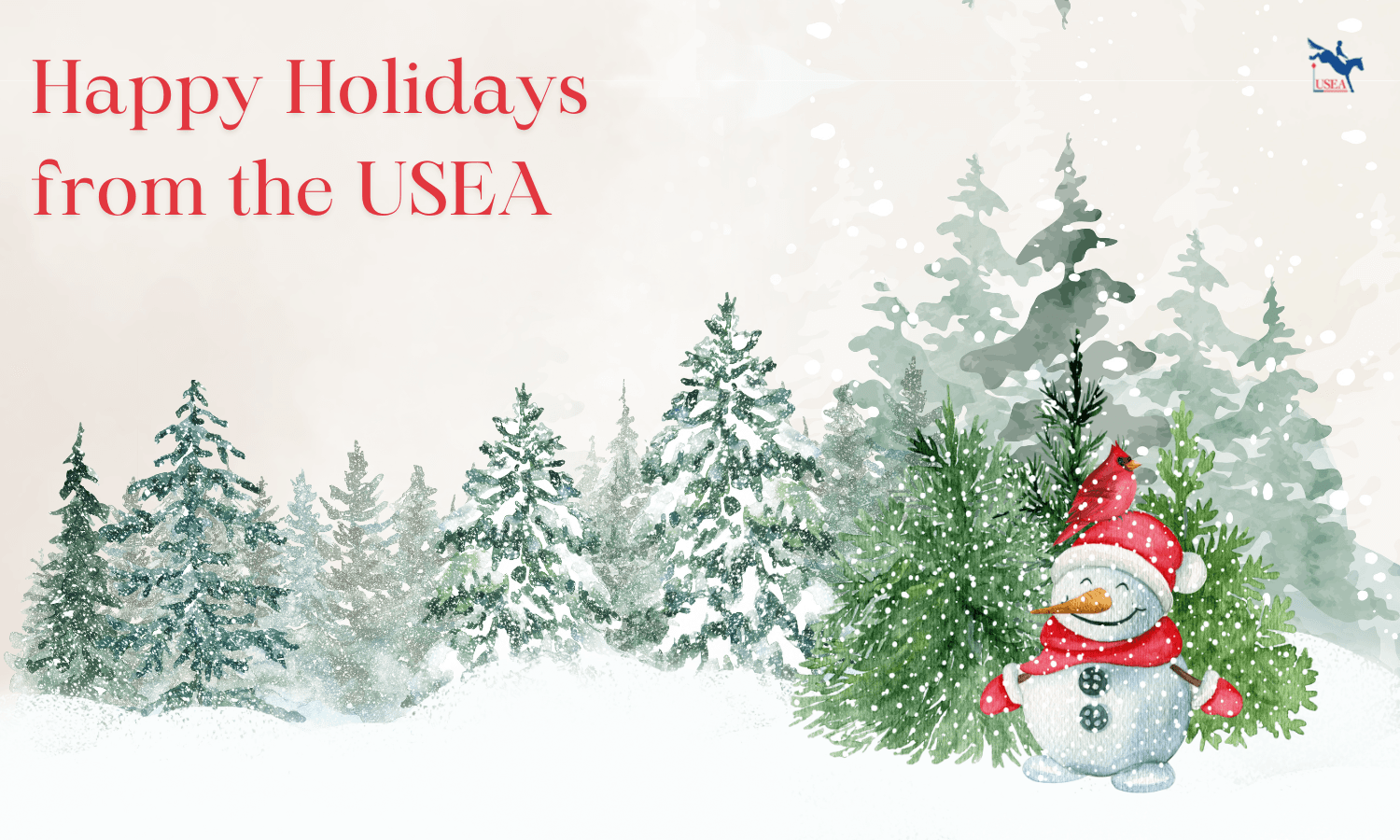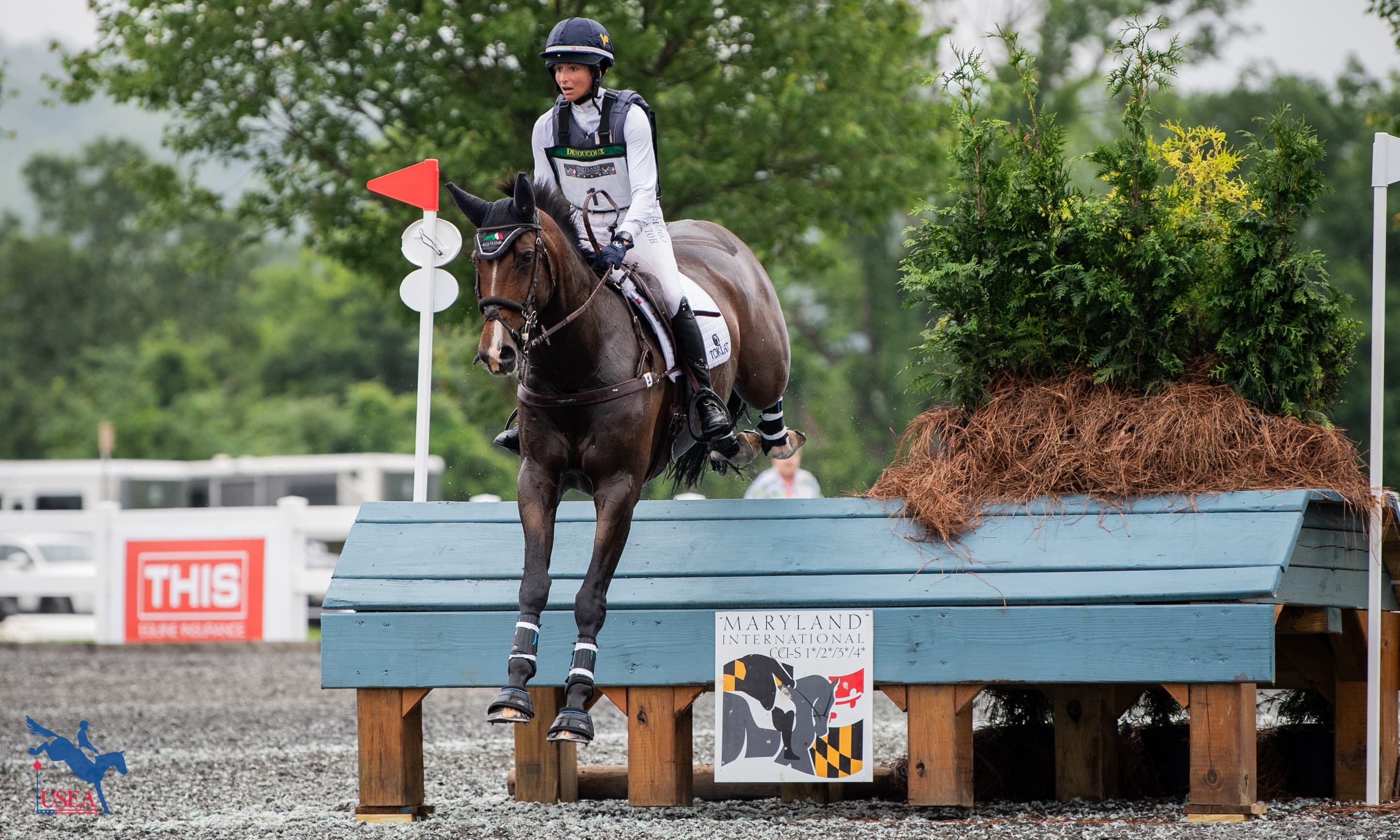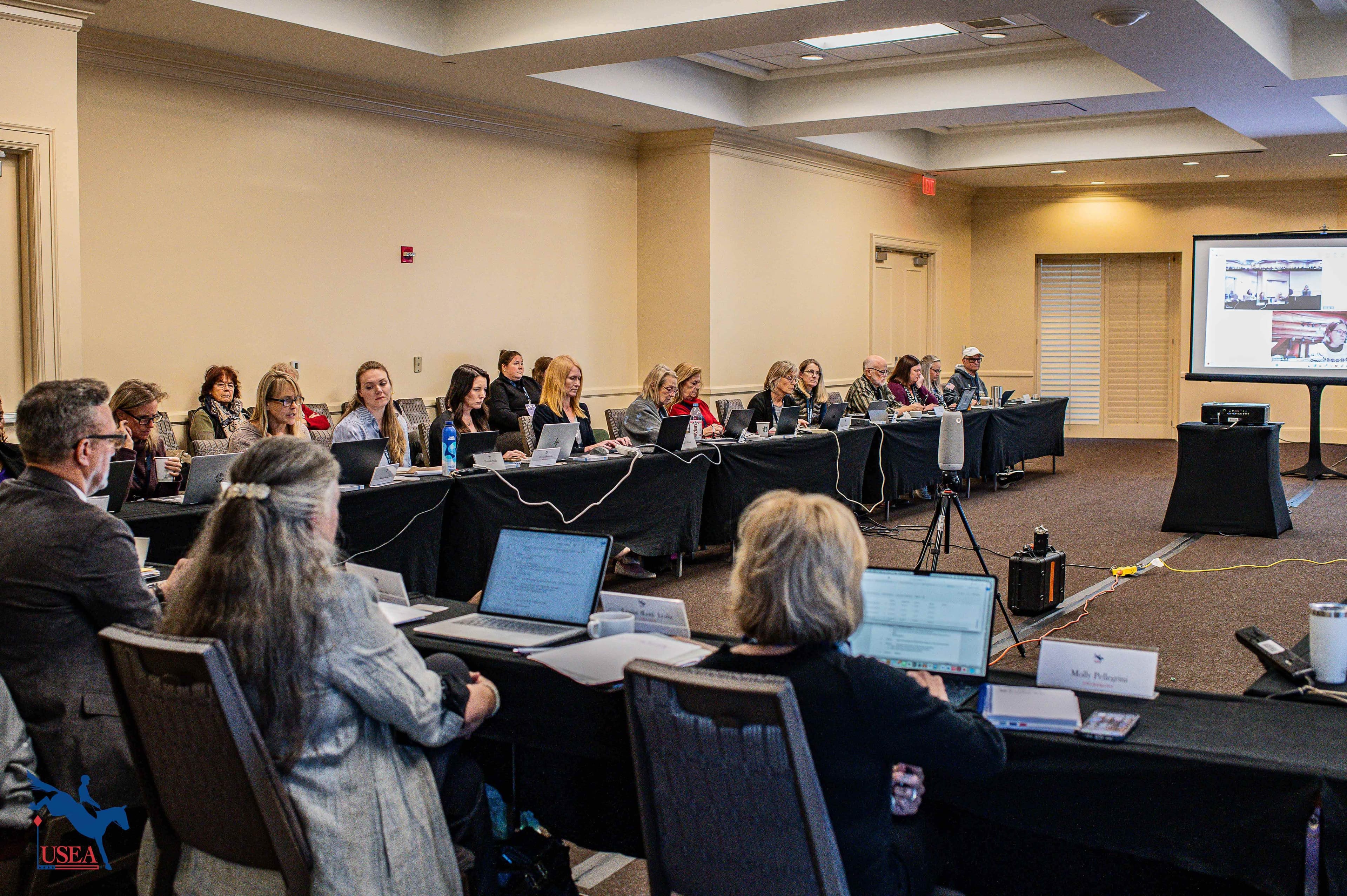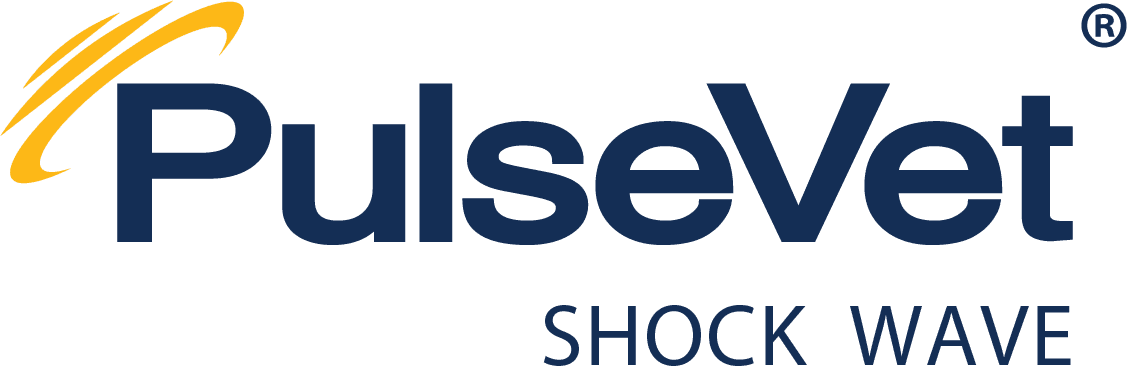Answers to the Five Most Common Event Horse Insurance Questions
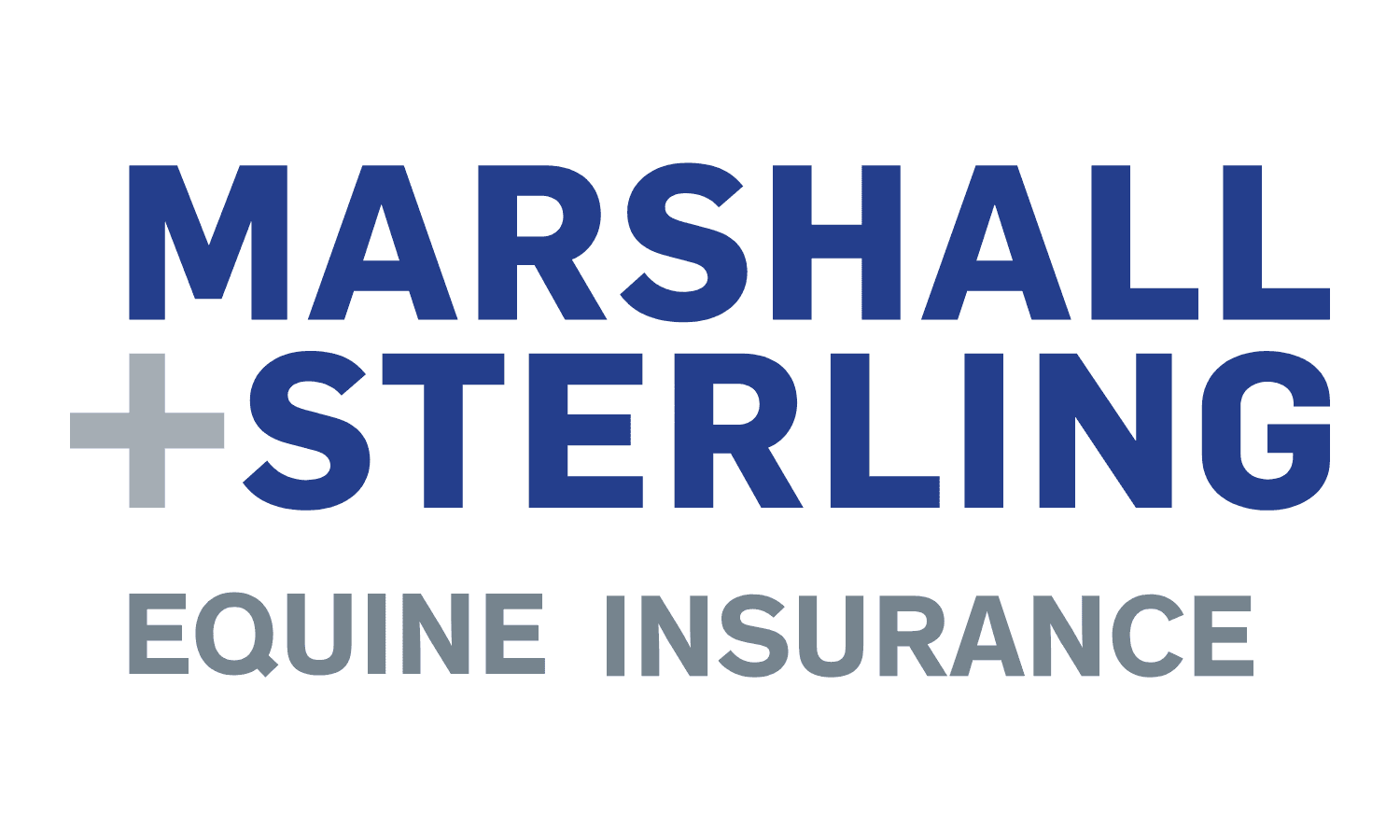
As I make my way through social media, taking the pulse of horse owners and their thoughts on equine insurance, a common post reads something like, “Hey hive mind – I’m thinking about insuring my new horse. Any thoughts?” Responses range from recommendations to warnings, and there is almost always the person who states unequivocally that horse insurance isn’t worth the time, trouble, cost, or hassle, and just plain can’t be trusted.
Event horse owners often report dealing with an additional challenge—changes in the equine insurance market limiting access to event horses, most significantly when it comes to the most comprehensive types of Medical/Surgical coverages.
So, if you’re on the fence about insuring your event horse, let me head off the naysayers (or is it, “neigh”sayers) with some of the most common equine insurance questions, answered!
#1 How much does it cost to insure an event horse?
Cost ranks as the most common misconception. The general assumption that equine insurance is just not affordable. A common comment we hear after creating a quote is, “That’s not as much as I thought it would be.”
The annual premium for a Full Mortality policy (life insurance and theft, and usually with some amount of coverage for Colic Surgery expenses) is based on a rate. The rate is a percentage of the horse’s insured value, and determined by the horse’s breed, age, sex, and use/level.
Our Marshall+Sterling Equine Insurance team works with multiple carriers. These relationships make us one of the most flexible and competitive agencies in the country. For an event horse at Training level and below, through age 14, and insured for a value of $10,000, the rate for Full Mortality coverage ranges from 3.9%-4.1% of the insured value, for an annual mortality premium of $390-$410. For horses at Preliminary and above, rates are 4.3%-4.5%.
The companies we work with also offer Full Mortality policies that include an endorsement for up to $5,000 of free Emergency Colic Surgery (ECS) coverage. The exact amount depends on the horse’s insured value and the insurance company offering the coverage. The free ECS coverage is available for horses without a history of colic or gastrointestinal issues.
Dollars and Sense: When looking for a quote, find equine insurance agents who work with multiple insurance companies. Those relationships give them access to competitive rates and coverages so they can find a policy that fits your needs for both coverage and cost. Look for someone who 1) is willing to answer your questions promptly and clearly; 2) responds to emails and calls in a timely manner; and 3) will confirm that coverage is in place until the actual insurance policy is sent to you.
Pro Tip: It is important to find an agent who is also an experienced horse person. Someone who knows the difference between combined driving and combined training. And who understands conditions from EPM to OCD, and recognizes breeds from the Arabian to the Zangersheide. You want someone who understands your passion. The crew at M+S includes past Pony Club and USEA members, and event organizers, so we not only know horses, we know event horses.
#2 I was told by several agents that I talked to that I cannot get the type of Medical and Surgical coverage for my event horse that I have had in the past. They said the companies they work with are only offering Surgical Only or Catastrophic Accident types of coverages to event horses.
The insurance landscape for event horses has changed significantly over the last several years, with a reduction in the number of companies that will offer a full menu of options for event horses, especially medical and surgical coverages. With our strong relationships with most major US insurance carriers, M+S has not experienced a disruption, unlike most agencies. We work with companies that offer the full range of comprehensive medical and surgical coverages for event horses,
Annual Medical/Surgical coverage limits of $5,000, $7,500, $10,000 and $15,000 are available, depending on the insurance company and the horse’s age, use, and insured value. Annual premiums for these endorsements start at $250, increasing as the coverage limits increase.
The Math
A policy for a Training level event horse, through 14, at a $5,000 value with a $5,000 Medical/Surgical endorsement at today’s rates and premiums would cost $455 a year.
A Mortality policy for a $20,000 event horse going prelim with $10,000 Medical/Surgical coverage currently range from $1,370-$1,425.
Get a Customized Quote: It takes just a minute to request a Quote online, or you can give our office a call at (888) 687-8555.
#3 Can I get Comprehensive Equine Medical & Surgical Insurance for a horse with a lower value?
Over the last several years finding insurance companies that offer comprehensive combined Medical & Surgical coverage for horses used for any discipline valued under $15,000 has become increasingly difficult, leaving owners of event horses at those values with an added challenge.
At Marshall+Sterling we have access to markets that will either offer the more comprehensive Medical & Surgical coverage either regardless of insured value, or with a relatively minimal insured value requirement. Many agencies only work with companies that offer the more restrictive Surgical Only, Catastrophic Medical, or Accident Only endorsements for more economically valued horses.
Coverage Content
Comprehensive Medical/Surgical endorsements respond if your horse suffers an injury, illness, lameness, accident, or disease during the policy period. Typically these endorsements cover expenses for diagnosis and treatment of lamenesses, surgically or medically treated colics (even a colic that only requires medical treatment for a day or two at the vet hospital can still easily run into the thousands of dollars), blunt force traumas and lacerations, puncture wounds, gastric ulcers, and diagnosis and treatment of conditions and diseases ranging from EPM and Lyme Disease to melanomas and respiratory infections. Deductibles, Co-insurances, and Sub-limits may apply. Our Protect Your Horse and Equine Insurance FAQ pages have more details.
#4 How much paperwork is it to apply to insure a horse? Do I need a vet certificate?
The only paperwork required for most sound and healthy horses is an application completed by the owner. Vet certificates are usually only required if the horse is to be insured for a value higher than $100,000, is older (usually over 16 or 17), or has a history of significant health problems.
Some companies may ask for a copy of the bill of sale, which is a good idea to have on file for yourself, even if you’re not asked for it, so you will have it in the event of a Mortality claim. For a horse that you have owned for a while, but never insured, the underwriter may also ask for the horse’s veterinary history.
Applications can be electronically completed, signed, and emailed back to us (or faxed or snail mailed). So, in a lot of cases less than five minutes of paperwork and the click of the Send button is all it takes to get a policy in place, providing the application is complete and there are no underwriting issues.
Payment is not required up front since it is the paperwork and underwriting approval that allows coverage to be bound. That gives you time to make payment to either the insurance company directly or to our office. Payment can be made by check, or most credit or debit cards, with installment plans generally available.
#5 If I make a claim, will the insurance company raise my rates or refuse to renew my horse's insurance next year?
In most cases, a claim does not result in a non-renewal of coverage. Underwriters understand bad luck and the nature of horses, and seldomly make knee-jerk decisions. In most cases they offer renewal, and rate increases are not applied based on a claims history.
That being said, horse insurance policies are 12-month property/casualty policies, and unlike most human health insurance policies, pre-existing conditions are excluded. This means that if the horse develops a health problem during the policy year, if you renew your policy it is likely that an exclusion for that problem will apply to the new policy and any future policies. That said, most policies include varying types of extensions of coverage that may help protect you for a specific condition for a period of time after the policy expires.
The good news: Depending on the condition, underwriters will typically try to be specific as to exclusion wording. And for conditions that are not permanent or chronic or put the horse at higher risk for further illness or injury, they may consider reviewing exclusions down the road and potentially removing them.
BONUS POINT
If my horse has never colicked/taken a lame step/been sick a day in his life, I don’t need horse insurance, do I?
Hopefully that streak will continue, but in our experience many claims happen to horses with uneventful health histories. They have never colicked—until the night they end up in surgery. Or they have never been lame until the day a pasturemate decides to play rough. Or they find the one groundhog hole in their paddock.
With that in mind, putting into perspective all the time, money, and effort that we put into our horses, who we consider members of our family, and the fact that we insure all our other major investments-trucks, trailers, houses, farms–adding your horse to that list is something to consider. We’re happy to help with an emailed Horse Insurance quote or over the phone at (888) 687-8555 whenever you’re ready!
About Amy Daum
A lifelong equestrian starting out in 4-H and then moving on to show hunters, eventing, and dressage, Amy J. Daum has three decades of experience in the equine insurance industry, including seven years as a member of the USEA staff. A founding partner of Broadstone Equine Insurance Agency, she joined Marshall+Sterling six years ago when M+S acquired Broadstone, and has since served as M+S’s Equine Marketing & Sales Supervisor.
About Marshall+ Sterling
Founded in 1864, Marshall+Sterling is a 100% employee-owned national independent risk solutions partner, providing business and personal insurance, employee benefits, and wealth management solutions. Marshall+Sterling is committed to empowering customers to predict, prepare for, and preempt risk—creating a future that’s safer and more secure. Headquartered in New York and licensed in all states and the U.S. Virgin Islands, the firm is regularly recognized among the top 50 of privately held insurance brokers in the United States.

